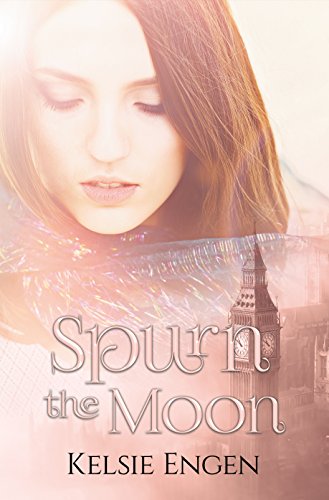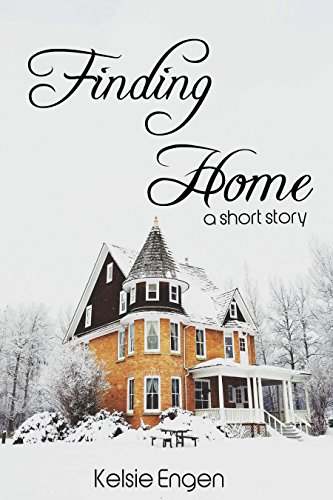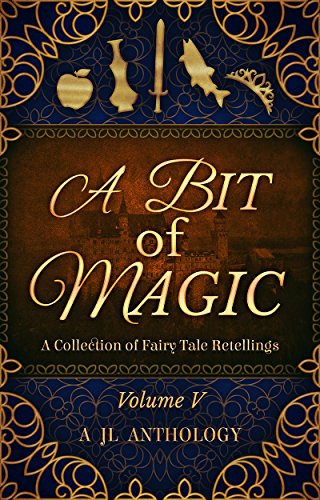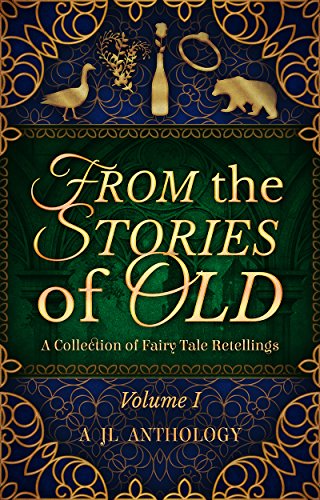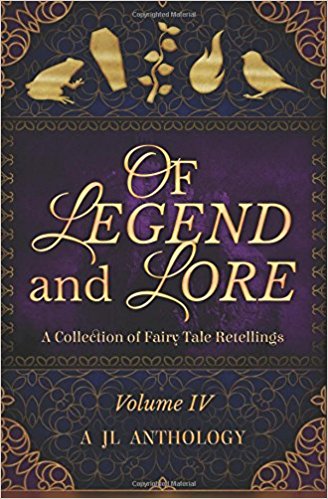Correct Comma Usage
Oh, the comma. So small, so elegant, so...difficult.
When do you use it? Why do you use it? How often do you use it? Must you use the Oxford comma? What IS the Oxford comma? Is it different from the serial comma?
Yes, there are a lot of questions surrounding a comma. Far too many to answer in one simple blog post. But hopefully this will hit the mark.
Some of the main reasons to use commas are these:
when creating a list (Oxford or serial comma)
with a coordinating conjunction that joins independent clauses
when using a nonrestrictive clause
if an adverb begins a sentence
if there's an introductory phrase longer than four words
if you use an introductory word
with compound adjectives
with nonrestrictive modifiers
(Bonus) before an ending quotation that's followed by a tag
(Bonus) around a direct address
So let's talk about some of these.
When creating a list.
This is one of the main reasons you'll use a comma.
Example 1:
- I went to the store for eggs, milk, and oatmeal.
Note the bolded comma (the one after “milk”).
The bolded comma is called a serial or Oxford comma, depending upon whom you ask.
While you could write the sentence with one less comma:
- I went to the store for eggs, milk and oatmeal.
The result is that you're left not entirely sure if the milk and oatmeal is one item or two. Therefore, in a sentence such as this, you should use that serial comma.
Example 2:
- I went running with Luke, Mariah and Allison.
Here the Oxford comma is unnecessary, although optional, to include. Should you wish to write it as...
- I went running with Luke, Mariah, and Allison.
...you can. However, many editors and readers like to keep commas to a minimum. So if you don't like the serial comma, in a sentence like this, feel free to cut it out.
With a coordinating conjunction that joins independent clauses.
A coordinating conjunction is one of the following words: and, but, or, neither, nor, yet, so, for.
If you use one of these words in your sentence, chances are, you'll need a comma.
Example 1:
Sally went to the store, but Alex stayed home.
Example 2:
Sally went to the store, and Alex stayed home.
A simple way to think about it is this: if the second half of your sentence is a sentence in its own right (has a subject and verb), then you need a comma before the word that joins them.
When using a nonrestrictive clause.
A nonrestrictive clause is a clause that, if you take it out of the sentence, doesn't change the meaning of the sentence. (See what I did there?) If I take "if you take it out of the sentence" out of the sentence above you have this: A nonrestrictive clause is a clause that doesn't change the meaning of the sentence. That works too. However, the phrase "if you take it out of the sentence" adds a little bit of clarity that I think is useful, and so I kept it there, and the correct usage of commas makes it relatively unobtrusive.
If an adverb begins a sentence.
Sometimes, you will want to use an adverb to introduce a sentence. If you do so, you will want to use a comma after that adverb. Look at the first sentence in this paragraph again. A comma follows "sometimes," as it is an adverb beginning a sentence. Go forth and do likewise.
Further examples:
- Unfortunately, my son decided to skip his afternoon nap.
- Angrily, my daughter stomped her feet when I told her "no."
- Actually, I dislike adverbs.
If there's an introductory phrase longer than four words.
If you use an introductory phrase, it will sometimes be longer than four words. If it is you should use a comma after it. If it's not, you don't need a comma, but one is optional.
Here "if you use an introductory phrase," "if it is," and "if it's not" are all introductory phrases to their sentences. However, I only used a comma for two of them. In the third sentence, the comma after "not" is purely optional, and I opted to use it for clarity's sake. The second sentence could also have used a similar comma, but I chose to refrain.
If I were editing a manuscript, I would be more consistent in my use of commas after introductory phrases, but for the sake of this blog post, I wanted to show both examples.
I could say this instead: If it is, you should use a comma after it. If it's not, you don't need a comma, but one is optional.
Or I could say this: If it is you should use a comma after it. If it's not you don't need a comma, but one is optional.
Either method is correct, but it's best to be consistent with whatever you choose. If you choose to omit a comma after an introductory phrase and you have been commonly using commas after introductory phrases, then it should be done for emphasis rather than haphazardly.
If you use an introductory word.
An introductory word also requires a comma after it.
Examples:
- Actually, commas after introductory words are necessary.
- However, I prefer not to use many introductory words.
- Really, too many of them interrupt the reading flow.
With compound adjectives.
If you use more than one adjective to describe a noun, you should use a comma between them. For example, in describing a man as old and wrinkled, say: The old, wrinkled man stood.
If you were to say: The dark skinned man stood, you would not use a comma between "dark" and "skinned" because dark modifies not man but the man's skin. However, in the example, "The old, wrinkled man stood," both old and wrinkled modify the noun "man."
Sometimes this can be ambiguous and depends upon the author's intention. Such as: The newly painted red house had burned. You could add a comma after "newly painted" and before "red," saying: The newly painted, red house had burned. But, if the author meant to intend to specify that it was the house which was newly painted red, and not a house that was newly painted blue, perhaps the neighboring house, then you could omit that comma and leave it as given. In instances like these, it's usually best to rephrase for clarity's sake. Here you might say: The house, which was newly painted red, had burned.
With nonrestrictive modifiers.
A nonrestrictive modifier is one that doesn't restrict the meaning of the rest of the sentence. In other words, if you remove a nonrestrictive modifier, it won't change the meaning of the sentence. (For the record, you could remove "if you remove a nonrestrictive modifier" from that sentence and, as long as the prior sentence remains in place, it won't change the meaning of the sentence. And in explaining that sentence, I just used another nonrestrictive modifier.... Ah, grammar.)
For example (nonrestrictive modifier):
- The cheese, which is in the refrigerator, has started to mold.
Versus (restrictive modifier):
- The cheese that is in the refrigerator has started to mold.
There is a slight difference in effect here. In the first example, it is suggested that all the author's cheese is in the refrigerator and has started to mold. In the second sentence, it's implied that it's only the cheese in the refrigerator that has started to mold, not the cheese stored elsewhere.
Quick tip: Pay attention to your use of "that" and "which," both of which will tip you off as to whether you are using a nonrestrictive or a restrictive modifier. If you can remove the phrase without affecting the meaning of the sentence, use "which" and surround the phrase with commas. If you can't remove the phrase without changing the meaning, use "that" and no commas.
Bonus: Before a quotation that's followed or preceded by a tag.
In fiction writing, you often use commas that you don't commonly use with non-fiction. Case in point: dialogue.
Examples:
- "She helped me out of a tough situation," Bill said.
- John answered, "Yes, she did the same for me."
Lots of writers have a tough time with commas and punctuation around quotes, but it's really quite simple. If the sentence within the quote is not a question or exclamation, it requires a comma or period.
Further examples:
- "I didn't like it when she said that."
- "I didn't like it when she said that!" I snapped.
- "Did you like it when she said that?" the counselor asked.
Now, to further complicate (or clarify), I just want to give two more examples.
- "I didn't like it when she said that." To emphasize my point, I slammed my fist down on the table.
- "But didn't you like it when she said that?" The counselor tilted his head at me as if he thought I was lying.
Okay. Both those sentences above are right. Why? Because there are no dialogue tags. Instead, I've replaced the tags with something called "action beats" to identify the speakers.
Bonus: Around a direct address.
One additional instance where fiction writers often have difficulties with using commas is around a direct address. A direct address is where you use someone's name in addressing them.
Example,
- Hey, Bill, did you see that post I wrote about commas?
- Hi, Jenny, it's so nice to see you here reading my blog today.
Note the comma usage before and after the person's name. You could also replace the name with another noun like so:
- Hey, you, did you see that post I wrote about commas?
And so on.
Conclusion
Well, there we have a not-so-short post about commas. Hopefully it answers some of your questions and clarifies the more murky aspects of comma usage.
Interested in my editing services? My affordable services include beta reads, developmental edits, line edits, copyedits, and proofreading.
Contact me here.
2019 © Written Word Editorial Services, All Rights Reserved.
